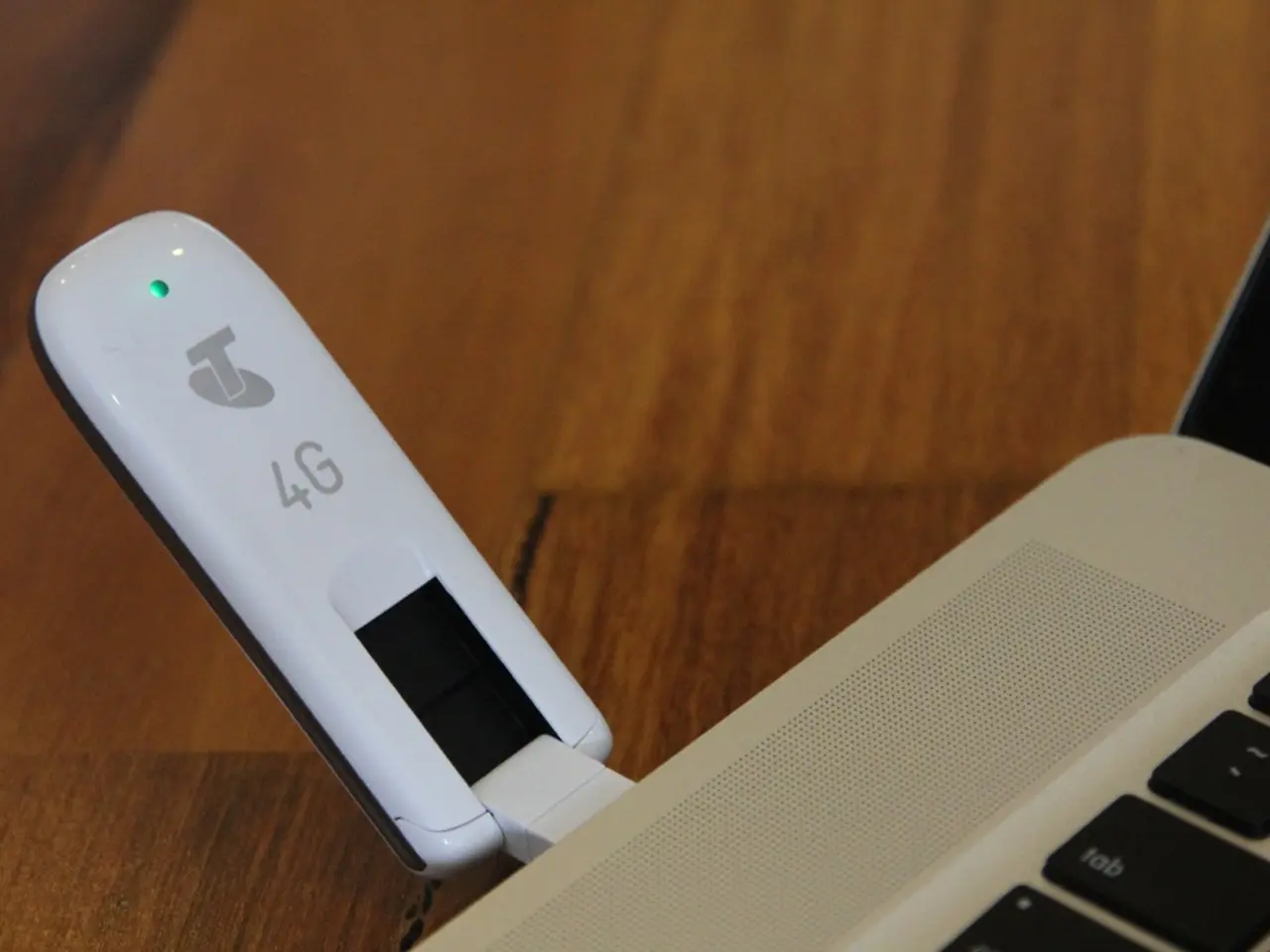Tron-based USDT Token Reaches $73.8 Billion, marking the first time it surpasses Ethereum's market capitalization.
Headline: Tron Beats Ethereum in USDT Stablecoin Supremacy: Here's Why
Tron has managed to oust Ethereum for the first time ever in terms of circulating supply of Tether (USDT) stablecoins, a groundbreaking achievement in crypto history. According to data from CryptoQuant, the Tron network now holds $73.8 billion in USDT, outpacing Ethereum's $71.9 billion.
The Reason Behind Tron's Ascendancy
Analyst JA Maartun from CQ has recognized several factors contributing to Tron's newest triumph. Lower transaction fees, faster block times, and a reliable network have set Tron apart, making it the go-to choice for high-volume stablecoin transactions, especially in emerging markets. The growth spurt has been steady since mid-2023, with at least $1.0 billion in new USDT minted weekly, and over $14 billion being issued in the first five months of 2025 alone.
On the flip side, Ethereum's supply has plateaued due to soaring gas fees and the migration of users to Layer 2 solutions.
The efficiency of Tron's network Architecture also deserves credit for the ecosystem's growth. CryptoQuant recently emphasized the 99.7% block production efficiency of the Super Representative (SR) system, demonstrating the network's stability and resilience. As of 2025, 30 SRs are consistently active, with 24 of them producing 3.71% of the total blocks, reflecting the network's maturity and robustness compared to its earlier years.
Tron's dominance in stablecoin transfers is further underscored by the dwindling popularity of rivals like USDC and TUSD. DefiLlama's data shows Tether's commanding presence in the stablecoin sector, accounting for 62.05% with a total supply of over $150 billion. Stablecoins now conduct an average of $521.3 billion in weekly transactions in 2025, surpassing industry titans like Visa ($319 billion) and PayPal ($32 billion).
The Shifting User Base
According to Novaque Research, the pivot towards Tron is more than just a technical migration; it signifies broader global adoption trends. The drifting activity from retail holders to mid-sized wallets holding between $10,000 and $1 million suggests increased participation from OTC desks, cross-border remittance platforms, and payment aggregators.
Meanwhile, Tron's native TRX token has stagnated, trading at around $0.26 at the time of this writing. Despite a 7.8% weekly gain and a 6.7% monthly increase, it remains 38% below its all-time high reached in late 2021.
Use this link to register a new account and receive $600 exclusive welcome offer on Binance.Use this link to register and open a $500 FREE position on any coin on Bybit.Enrichment Data:
Key Contributing Factors:
- Lower Transaction Fees: Tron's significantly reduced transaction fees provide a more economical solution for high-volume stablecoin transactions.
- Faster Block Times: Tron's swift block times enable quicker processing of transactions, particularly advantageous for real-time stablecoin transactions.
- Reliable Network: Tron's network's high block production efficiency shows its reliability, drawn from its Super Representative (SR) system, attracting users seeking stable and consistent transaction processing.
- Market Dynamics: Ethereum's high gas fees and scalability issues have resulted in users migrating to Tron for stablecoin transactions, especially in emerging markets. Tron's consistent activity, peaking during Asian market hours, demonstrates its strong market presence compared to Ethereum.
- Stablecoin Supply and Circulation: The surge in USDT circulation on Tron to $73.8 billion, outpacing Ethereum's $71.9 billion, emphasizes the growing preference for Tron as a stablecoin platform. This is partly due to Tether's consistent minting of USDT on Tron, with at least $1.0 billion in new USDT minted weekly.
Conclusion:
Tron's combination of lower transaction fees, faster block times, and a reliable network has allowed it to outpace Ethereum in terms of USDT circulation, cements its dominance in the stablecoin sector, and attests to the broader global adoption trends of stablecoins as a whole.
- The resurgence of Tron in the USDT stablecoin market can be attributed to factors such as lower transaction fees, faster block times, and a dependable network, making it an appealing choice for high-volume stablecoin transactions, especially in burgeoning markets.
- Ethereum's supply of USDT has plateaued due to escalating gas fees and the mass exodus of users to Layer 2 solutions, contributing to Tron's gain in the market.
- Tron's network architecture, notably the Super Representative (SR) system's high efficiency, has contributed to the ecosystem's growth, demonstrating the network's steadiness and resilience.
- Tether's commanding presence in the stablecoin sector on Tron is exemplified by its 62.05% dominance with a total supply of over $150 billion, causing lesser-known rivals like USDC and TUSD to fade in comparison.
- Stablecoins on average conduct $521.3 billion in weekly transactions in 2025, surpassing industry giants like Visa and PayPal, underscoring the increasing influence of blockchain technology and the finance industry.




